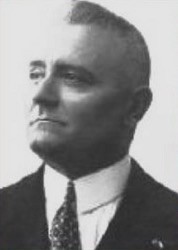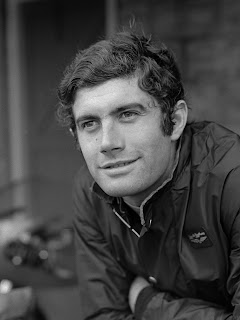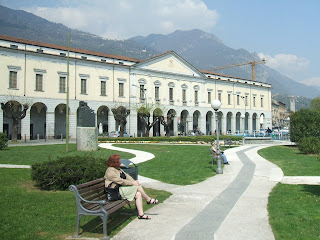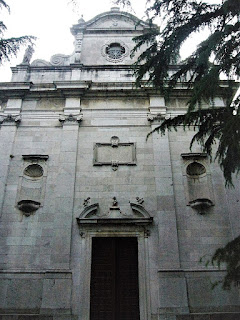Ex-president of Fiorentina who produced two of Italy’s greatest films
 |
| Former Fiorentina owner and film producer Vittorio Cecchi Gori |
The son of Mario Cecchi Gori, whose production company he inherited, he provided the financial muscle behind two of Italy’s greatest films of recent years, Il Postino (1994), which was nominated for an Academy Award for Best Picture, and Roberto Benigni’s Life is Beautiful (1997), which won an Oscar for Best Foreign Language film.
He was also involved with the 1992 Oscar winner Mediterraneo, directed by Gabriele Salvatores, which also won in the Best Foreign Language film category.
Vittorio’s legacy from his father also included Fiorentina football club, of which he was president from 1993 to 2002.
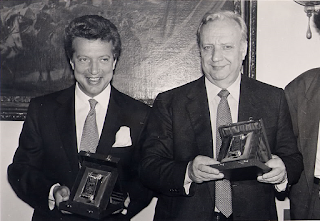 |
| Cecchi Gori with his late father Mario |
With Claudio Ranieri as coach, they won the Coppa Italia in 1996, their first trophy in 20 years, following it up by winning the Super Cup later the same year and another Coppa Italia in 2001. In the 1999-2000 season they had played in the Champions League for the first time.
Yet the impetuous entrepreneur was to run into serious financial difficulties in subsequent years and went from revered to reviled in Florence after his own business collapse became Fiorentina’s collapse also.
His problems began in 1995, when he mounted an ambitious challenge against Italy’s television duopoly, held by the public broadcaster RAI and Silvio Berlusconi’s Fininvest.
 |
| Cecchi Gori with the Fiorentina star Gabriel Batistuta |
An expensive divorce did not help, plunging him into huge personal debt, and in 2001 it was revealed that Fiorentina had debts equating to $50 million. Their fortunes on the field were in decline also and things came to a head at the end of the 2001-02 season, when they were relegated from Serie A and promptly entered judicially-controlled administration, a form of bankruptcy. Because of this, they were refused a place in Serie B for the following season and had to start again in Serie C, the third division, after effectively winding up the historic club and starting a new one.
At the same time, Cecchi Gori’s business empire was collapsing. Prized assets such as his luxurious apartment in the Palazzo Borghese in Rome, the Multisala Adriano, his Rome cinema complex, and his film library were sold to raise funds, but to no avail.
Police investigations into his affairs dogged him for years. In 2006 he was found guilty of illegally redirecting millions of dollars from Fiorentina into other businesses and in 2013 received a six-year jail term in connection with the bankruptcy of his production company, Safin Cinematografica.
Until his business problems, Cecchi Gori served as a member of the Italian Senate between 1994 and 2001, having been elected as a member of the centre-right Partito Popolare Italiano.
| Florence's Stadio Artemio Franchi |
In a city best known for its magnificent Renaissance architecture, the Stadio Artemio Franchi, the home stadium of Fiorentina, is notable as a classic of early 20th century design. Opened in 1931, it was designed by the renowned architect and structural engineer Pier Luigi Nervi and constructed entirely of reinforced concrete with a 70m (230 ft) tower that bears the stadium's flagstaff. Originally called Stadio Giovanni Berta, after a local Fascist, it was changed to Stadio Comunale before taking the name of Franchi, then Italian Football Federation president, in 1991.
| The narrow rear facade of the Palazzo Borghese overlooks the Tiber |
The Palazzo Borghese, where Cecchi Gori had an apartment valued at almost €10 million, is a palace in Rome that was originally the home of the powerful Borghese family, who settled in Rome in the 16th century and also owned the Villa Borghese and surrounding gardens. The palace was nicknamed il Cembalo - the harpsichord - due to its unusual trapezoid shape, with its narrowest rear facade facing the Tiber river. The front facade - the keyboard of the harpsichord - opening on to the Fontanella di Borghese. The first floor has housed the Spanish Embassy since 1947.
Home
